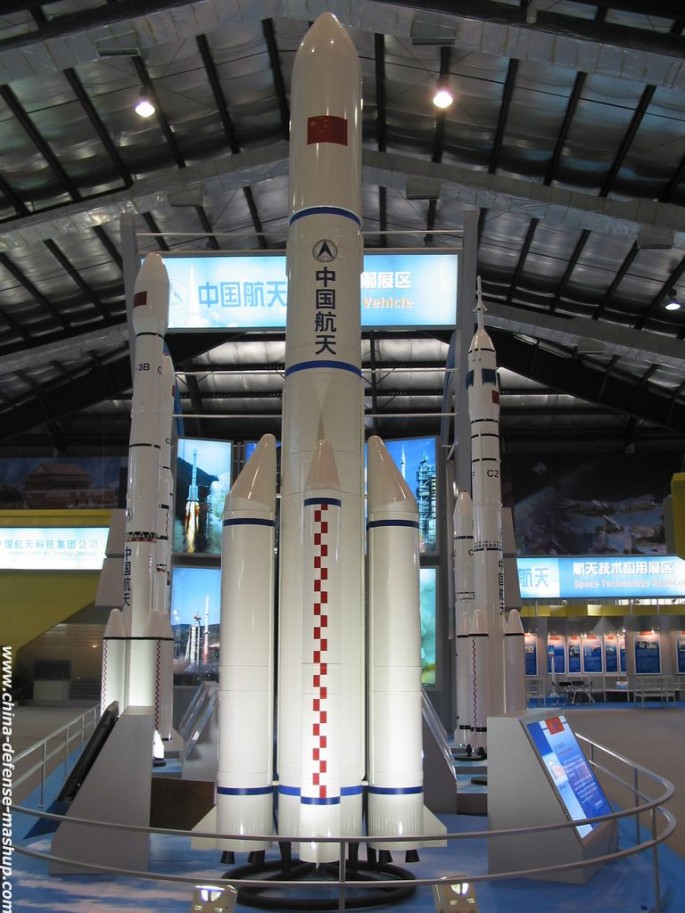Insiders from the industry suggested that China should make a more powerful heavy-lift launch system that is far better than the Long March 5.
Senior rocket researcher Zhang Zhi from China Academy of Launch Vehicle Technology said that China needs to develop a more robust heavy-lift rocket in order to further explore the deep space.
The CALVT is China's top manufacturer of space launch vehicles. The academy also produced the Long March rocket family and the strategic missiles of the country.
"Despite the Long March 5 being much stronger than its predecessors, it will still be unable to send a manned mission to the moon," Zhang said.
Zhang also explained that the mission would need the rocket to be able to deliver 100 metric tons of cargo to low Earth orbit, four times than the 25-ton capacity of Long March 5.
Instead of carrying payload, the Long March 5 would be transporting only the automatic lunar probe and the cabins for the manned space infrastructure, according to Zhang.
Academy official Luo Xiaoyang said that the Long March 5 will have a capacity of over 100 tons and a diameter reaching 10 meters.
A launch drill will be conducted for the rocket at the new Wenchang Satellite Launch Center in the province of Hainan before this year ends.
Luo said that the rocket's first launch has not been determined yet.
The Long March 5 has a height of 57 meters and a diameter of 5 meters. The total launch weight of the rocket can reach 800 tons.
Considered as eco-friendly, the rocket will be utilizing liquid hydrogen/liquid oxygen or kerosene/liquid oxygen to propel it from the ground.
At Airshow China, a spacecraft convention, the Long March CZ-7, a medium-to-heavy rocket, was also revealed. The new rocket will be transporting the unmanned Tianzhou spacecraft to the planned space station.



























